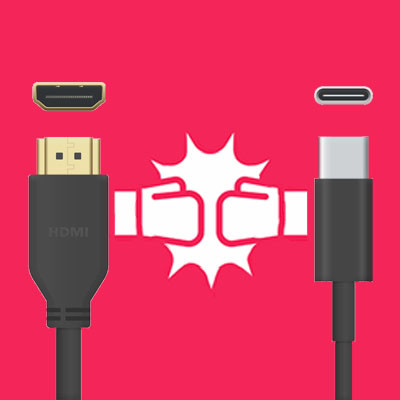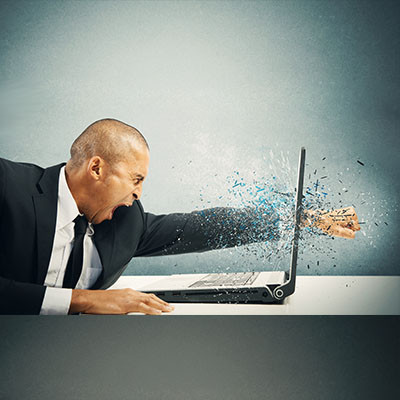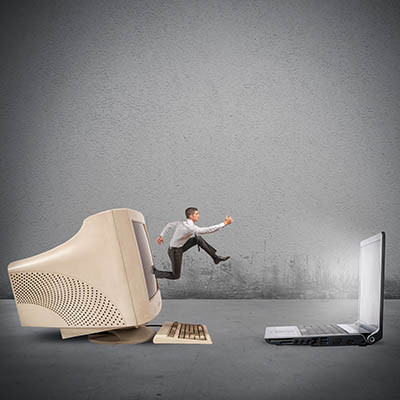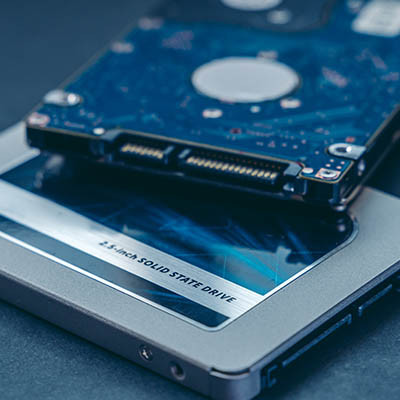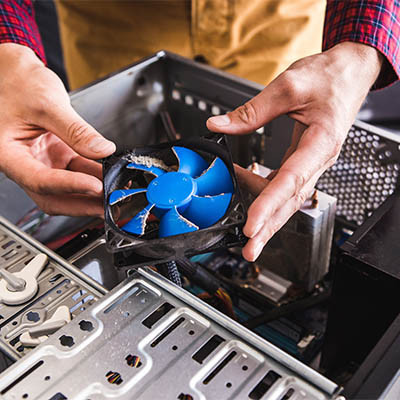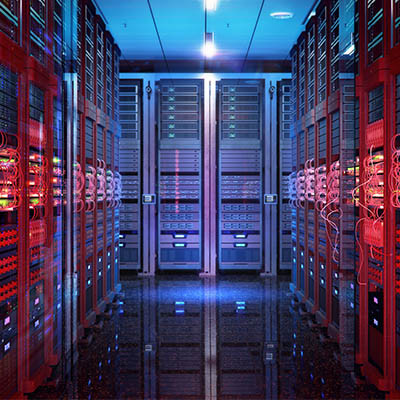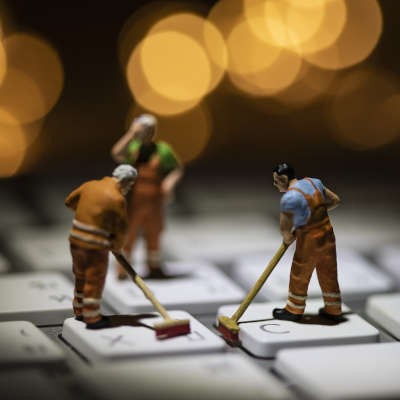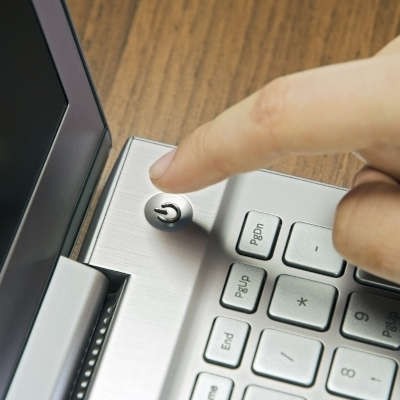Even though the modern workplace tends to be PC-centric, Apple has had a major impact on technology and computing. It’s undeniable that Apple is pretty consistent with producing sleek, high-end hardware and efficient operating systems. Apple’s former CEO, Steve Jobs, was known to be a visionary and a perfectionist. That’s what makes this story even weirder.
CIT Solutions Blog
While we typically focus on how various technologies can be used in business applications as a way to boost a small or medium-sized organization’s capabilities, we occasionally come across a topic that is just undeniably cool (and that we can bring back around to business concerns, to boot). We recently heard about the development of a flexible new wearable that uses AI to monitor the health of the wearer that we wanted to discuss with you.
Let’s face it: when you look at the back of your computer, where the motherboard’s many, many ports are accessible, there’s a substantial variety of connection types available to do a variety of things—some of which may overlap with one another. One prime example: the shared capability between USB and HDMI as a means of connecting your PC to many of its peripherals. Let’s consider which is likely to outlast the other.
When it comes to drives for your computer or workstation, you have a couple of options available to you, one of which is the solid state drive, or SSD. What’s the difference between your typical hard drive and an SSD, you ask? Well, today we’ll find out. We’ll break down some of the details about SSDs, including how they are different from your traditional hard disk drive, and why you might consider implementing one.
If you have tried to procure hardware or products over the past couple years, chances are you have noticed that it is harder to find them than usual. This is particularly the case for any companies that have dealings with computing hardware, as the price has been hiked considerably on even the most basic of components. What has triggered this dramatic change in the technology supply chain, and what can be done about it?
There will come a time when your business will need to acquire hardware like monitors, server units, workstations, networking components, and other technology. It is your responsibility as a business owner to make educated decisions about how you go about upgrading your gear, but it’s not always immediately obvious what the correct path forward is.
A lot of people spend the modern workday with headphones on or earbuds in, listening to music as they work or communicating through a headset. That makes it inevitable that these devices will get dirty. Let’s go over how these devices can be safely cleaned to get rid of the grime that nobody wants to be wearing on their head.
When was the last time that you took a hard look at your business’ technology? How old are some of the devices that you rely on each day? These are critical questions to answer if you want your business to succeed. Let’s discuss why upgrading is so important, and how to determine when the time to upgrade comes.
When you’re on the hunt for some new technology, you have to sort through the options available to you to find what’s best for your use case. One of these decisions is what type of hard drives are installed in new workstations, laptops, and servers. Today, we will go through the two main types of hard drives and what they are good for.
If you are like many other people, your desktop computer just sits there, day after day, allowing you to run your business. Unfortunately, like any other machine, it will fail. One way to prolong the lifespan of your computer is to keep it clean. Today, we thought we’d give you some pointers on how to do so.
Today’s technology provides businesses with more options than they’ve ever had, including where they want to host their critical infrastructures. This decision will often boil down to between an onsite hardware implementation or utilizing the cloud. Let’s consider the differences that your decision needs to reflect.
Owners of Nintendo’s Switch console should know that, as per an announcement from Nintendo, the battery life of their device could be negatively impacted if the device isn’t charged up at least every six months. While this may not be the kind of news you’d expect to find on a business technology blog, it does open the door to a bigger, more pertinent topic: should devices that aren’t used very often be kept charged up?
As your employees go about their workdays, it is important that they do so with the resources they’ll need to remain optimally productive… and that these resources are in the best condition for them to do so. While this is often an overlooked consideration, this means that their computer needs to be clean and fully functional. Let’s go over a few best practices to follow when it comes to keeping a workstation clean enough to work optimally.
How many times have you gone to the store and bought something that you already had? Unfortunately, this happens all the time, but fortunately it’s usually a half gallon of milk or a loaf of bread. When it happens in your business, it can be much more expensive. Today, we will advocate for an inventory strategy that will keep you from spending wads of cash on redundant investments.
If there is any industry that connected devices are undeniably useful in, it would have to be the medical field. Unfortunately, recent news would suggest that connected devices should be avoided as the BlueKeep vulnerability is still able to attack medical systems… for an unfortunate reason. Find out more by reading on.
You’re probably familiar with a situation where your technology is on the fritz and someone says to you “Why don’t you turn it off and turn it back on?” What you have no way of knowing is that by turning it off and turning it back on, you aren’t getting the same result you would if you simply restarted the machine.



